0 Comments »
Primero que nada, me hago cargo del Control C, Control V que hice, no reniego de eso, pero las imágenes (botón derecho + Ver Imagen) del mundo del espacio lo valen, por lo menos para mi.
hay un epígrafe en ingles, el que quiera y pueda y tenga ganas lo puede leer, la finalidad del post son las imágenes.
aclarado esto sigo...

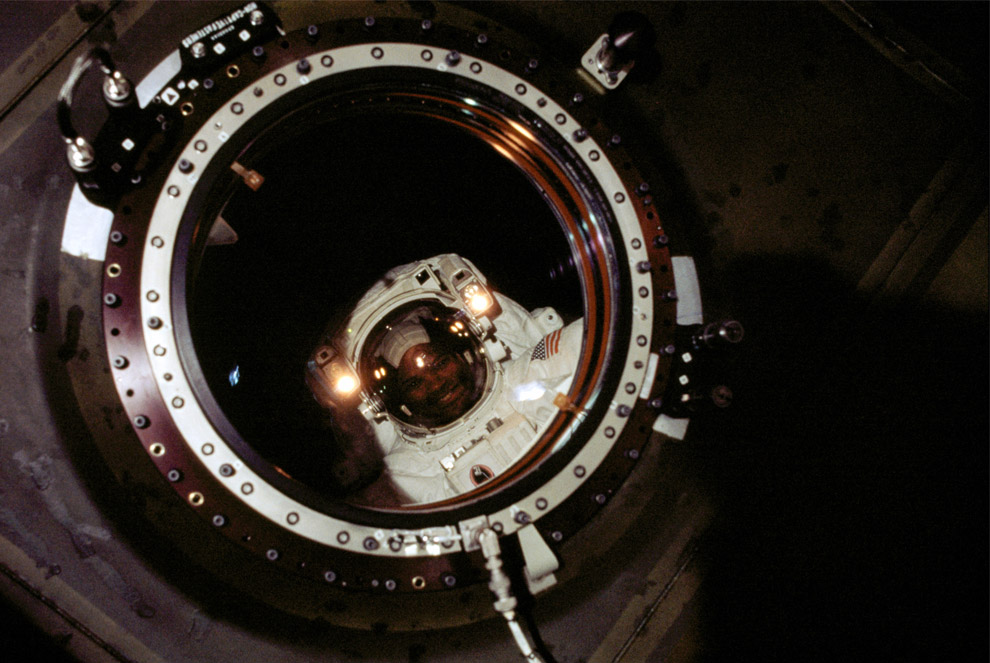
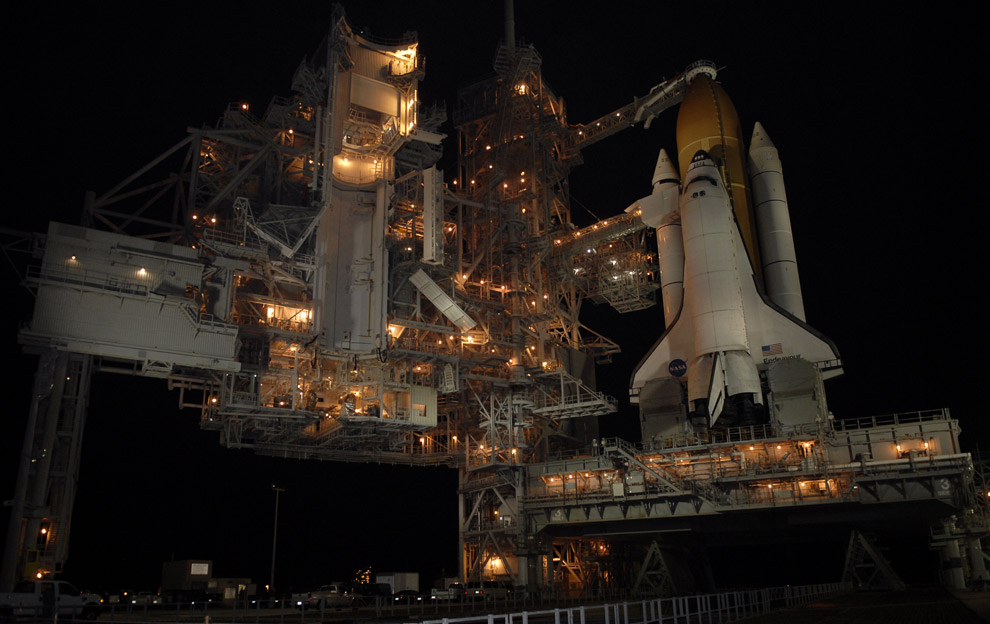


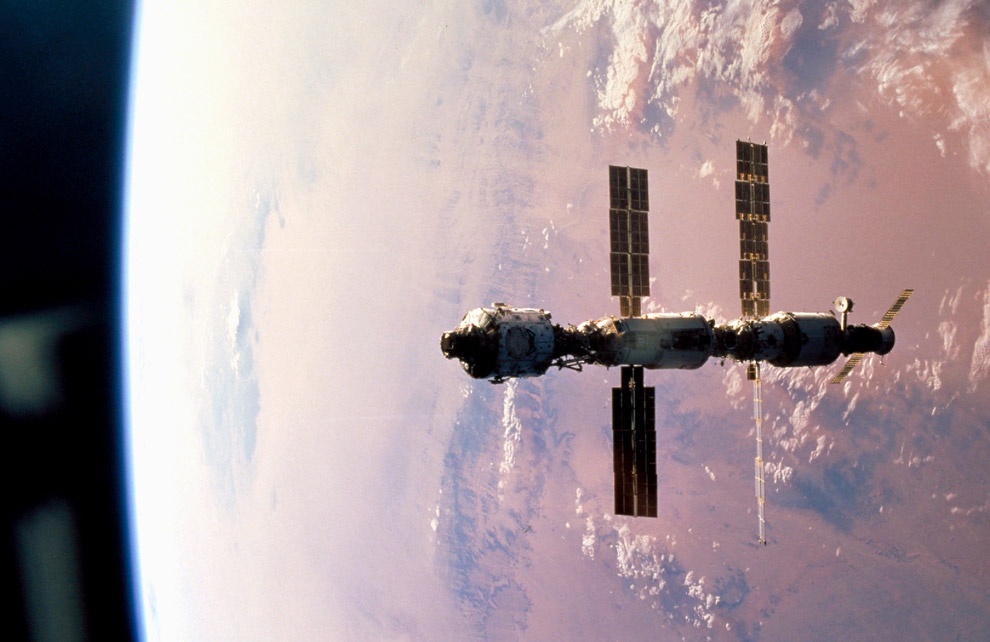
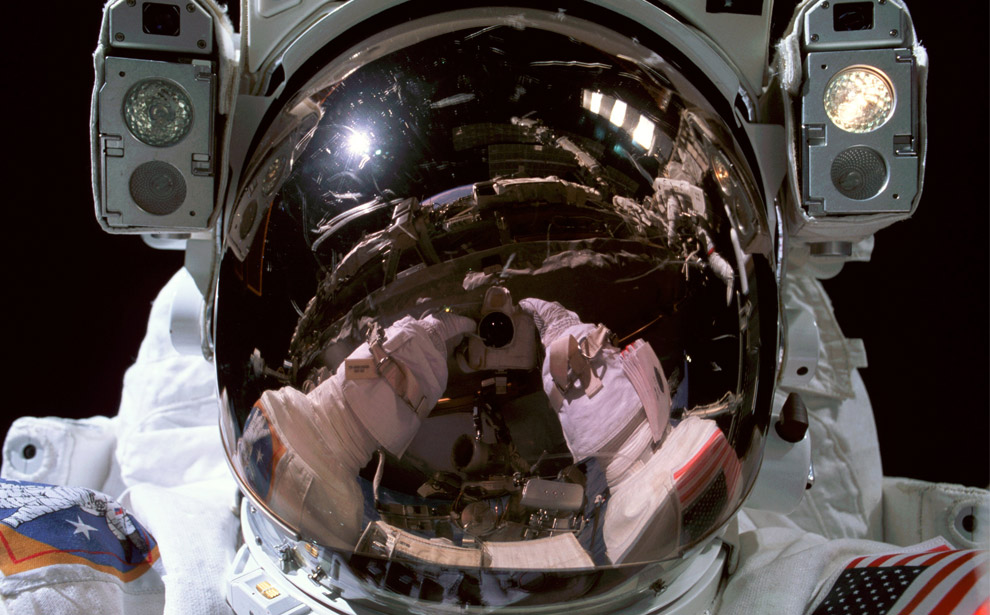

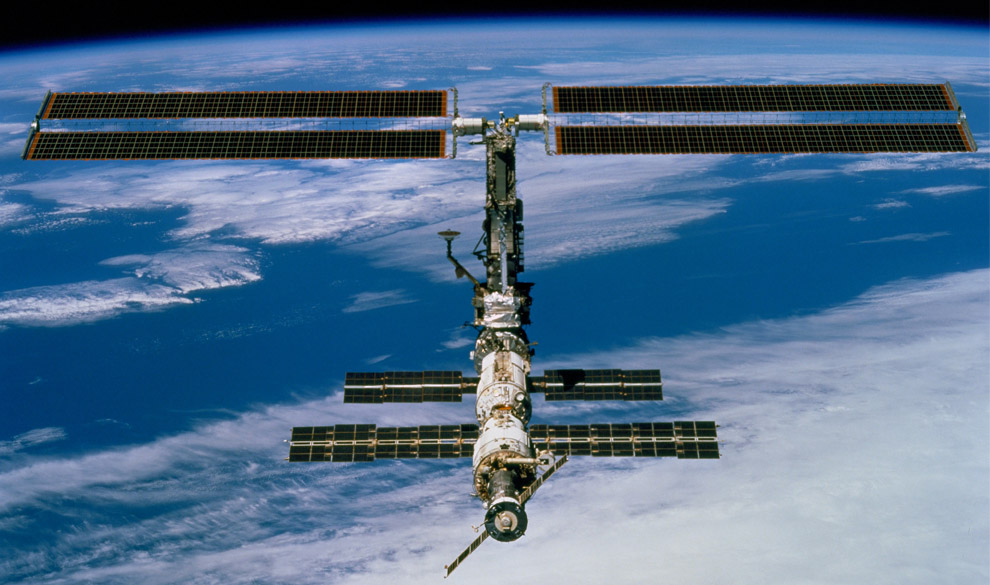

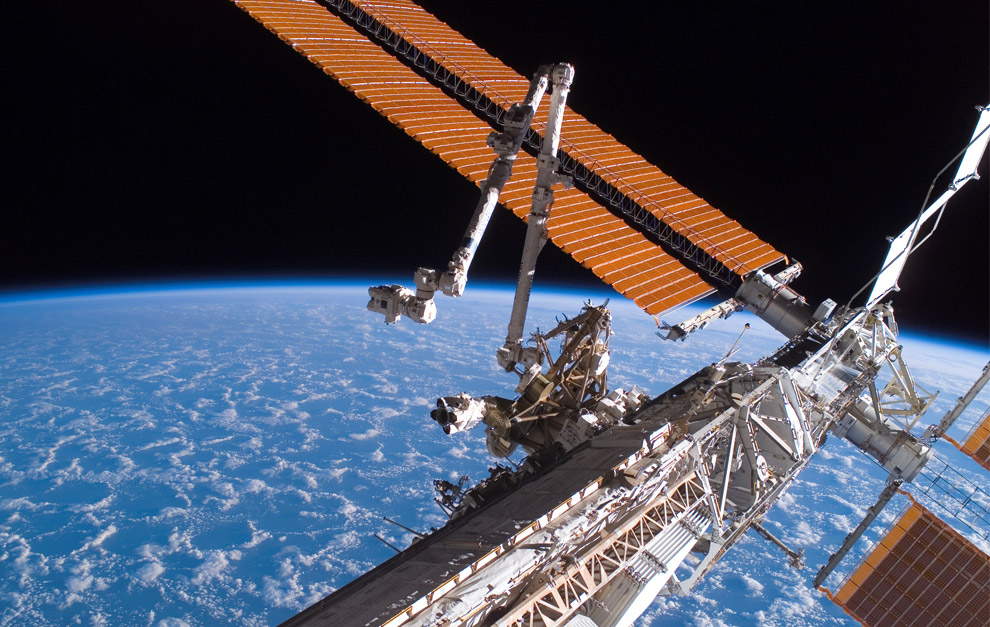
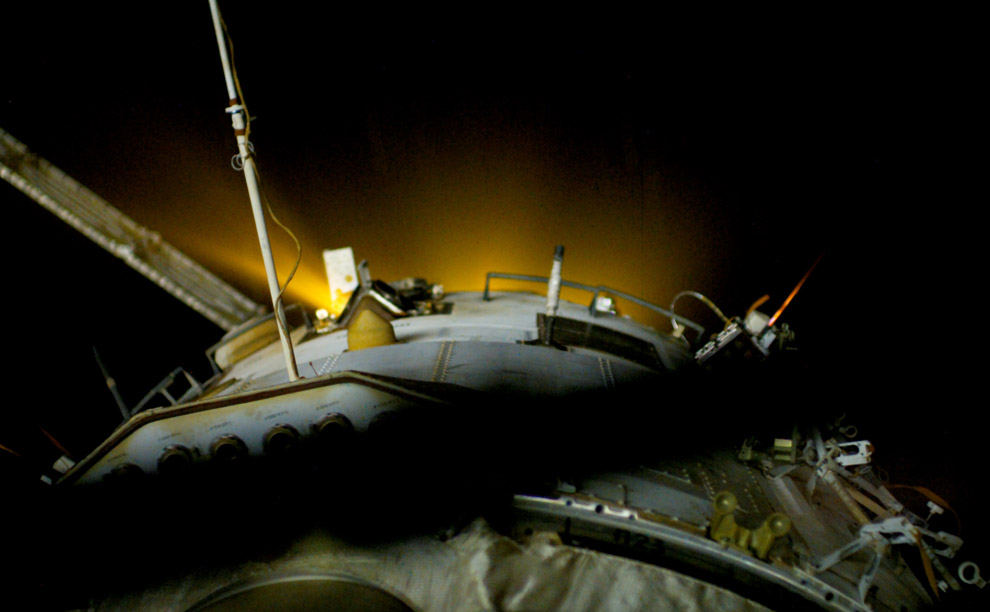
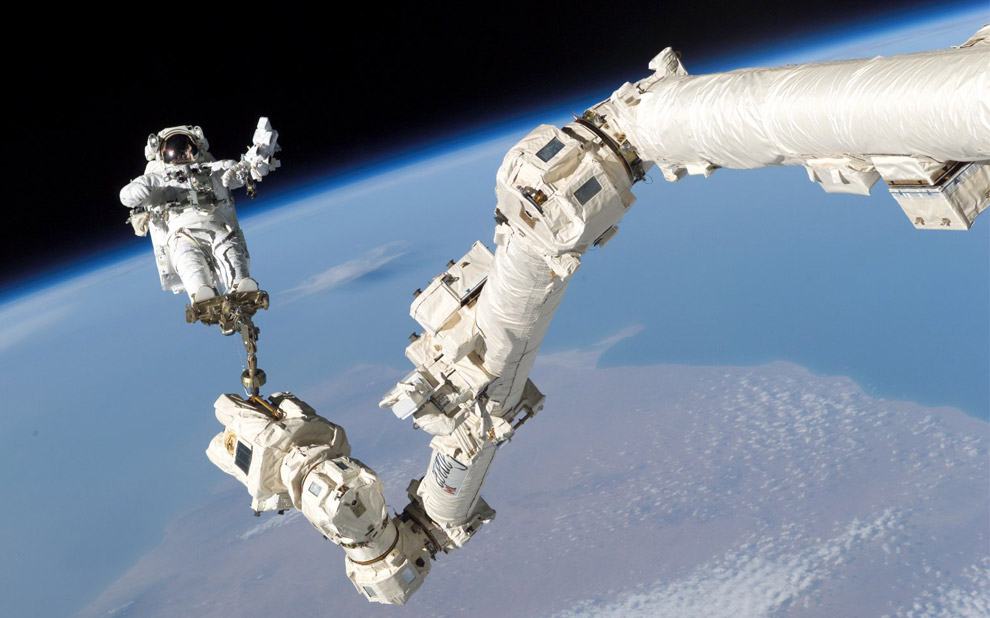
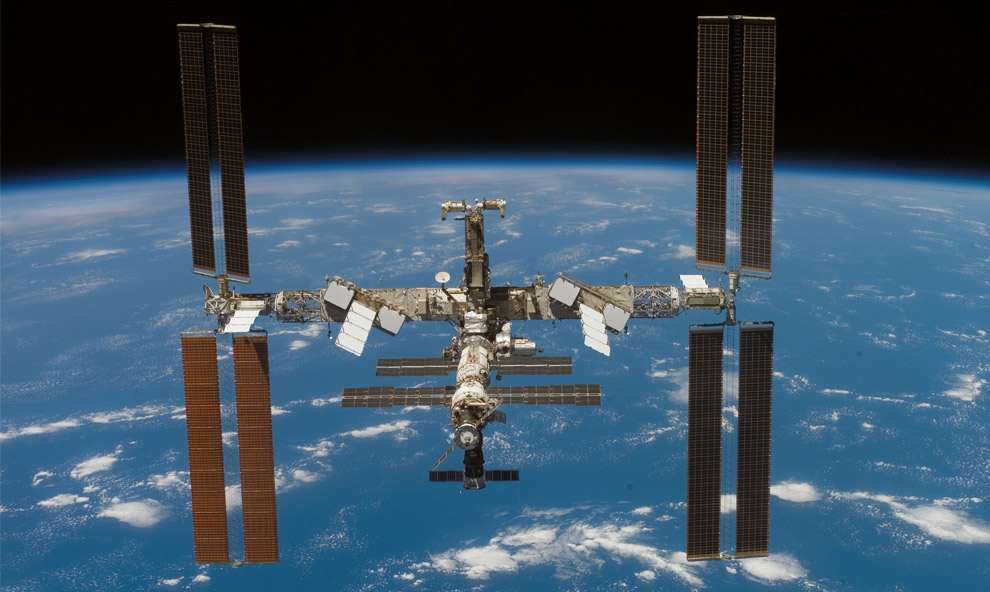
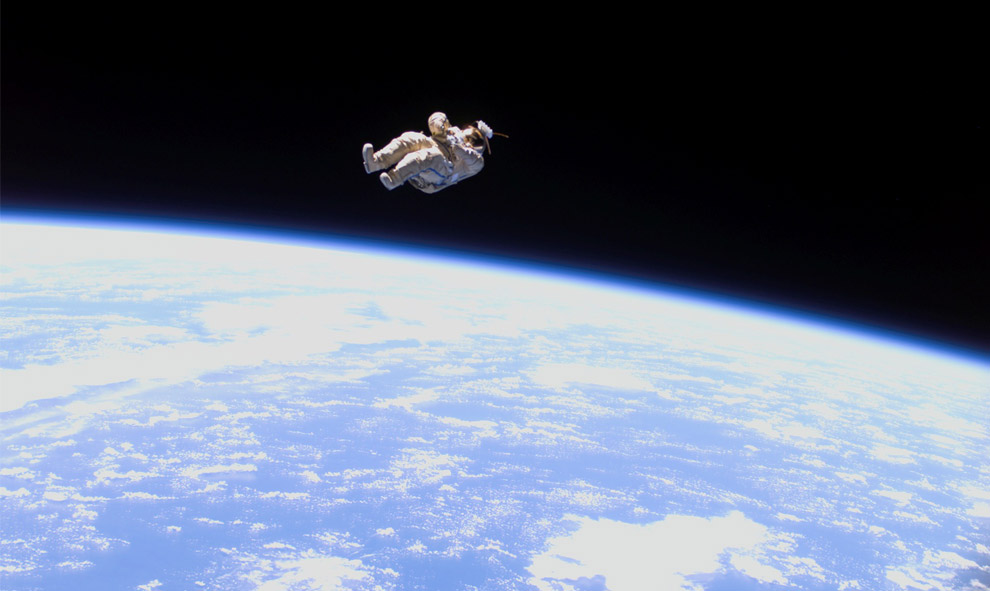


hay un epígrafe en ingles, el que quiera y pueda y tenga ganas lo puede leer, la finalidad del post son las imágenes.
aclarado esto sigo...

Blanketing clouds form the backdrop for this 70mm scene of the connected Zarya and Unity modules after having been released from Endeavour's cargo bay a bit earlier on December 4th, 1998. Six crew members, who had earlier spent the majority of their on-duty mission time working on the tandem of space hardware, watched the joined modules from Endeavour in a survey and fly-around mode. (NASA) #

Astronaut Robert L. Curbeam, STS-98 mission specialist, was photographed by a member of the Expedition One crew in the newly installed Destiny laboratory during the second of three space walks on February 12th, 2001. Ahead of schedule, the astronauts connected several computer and electrical cables between the docking port and the lab; unveiled the lab's large, high-quality window (through which this photo was taken) and attached an exterior shutter; and repositioned a movable foot platform they had taken inside Atlantis on the first spacewalk for a slight adjustment. (NASA) #

Space shuttle Endeavour is shown after rollback of the rotating service structure. The rollback was in preparation for liftoff on the STS-126 mission with a crew of seven. Above Endeavour's external tank is the vent hood, known as the "beanie cap," at the end of the gaseous oxygen vent arm, extending from the fixed service structure. Below is the orbiter access arm with the White Room at the end, flush against the shuttle. The rotating structure provides protected access to the shuttle for changeout and servicing of payloads at the pad. Photo taken Nov. 14, 2008. (NASA/Kim Shiflett) #

This high-angle image of the Space Shuttle Atlantis backdropped over a mountainous coastline was photographed on February 16th, 2001 by the three-man Expedition One crew aboard the International Space Station (ISS) shortly after the shuttle and the outpost unlinked following several days of joint operations of the two crews. The scene was recorded with a digital still camera. (NASA) #

The Phantom Torso, seen here on May 13th, 2001 in the Destiny laboratory on the International Space Station (ISS), is designed to measure the effects of radiation on organs inside the body by using a torso that is similar to those used to train radiologists on Earth. The torso is equivalent in height and weight to an average adult male. It contains radiation detectors that will measure, in real-time, how much radiation the brain, thyroid, stomach, colon, and heart and lung area receive on a daily basis. The data will be used to determine how the body reacts to and shields its internal organs from radiation, which will be important for longer duration space flights. (NASA) #

Silhouetted over Earth, the International Space Station (ISS) is seen on October 11th, 2000 in a configuration soon to be changed, once the approaching STS-92 crew adds its important new changes. If oriented with Earth's horizon on the left, the ISS elements, from the left, are Node 1 or Unity, the functional cargo block or Zarya, the service module or Zvezda and the Progress supply ship. In a matter of days, the crew went on to add the Z1 Truss structure and a third pressurized mating adapter. (NASA) #

Astronaut Donald R. Pettit, Expedition 6 NASA ISS science officer, photographs his helmet visor during a session of extravehicular activity (EVA) on January 15th, 2003. Pettit's arms and camera are visible in the reflection of his helmet visor. Astronaut Kenneth D. Bowersox, mission commander, is also visible in visor reflection, upper right. (NASA) #

An overhead view of the exterior of the Space Shuttle Atlantis' crew cabin, part of its payload bay doors and docking system was provided by Expedition 16 crewmembers. Before docking with the International Space Station, astronaut Steve Frick, STS-122 commander, flew the shuttle through a roll pitch maneuver or basically a backflip to allow the space station crew a good view of Atlantis' heat shield. Using digital still cameras equipped with both 400 and 800 millimeter lenses, the ISS crewmembers took a number of photos of the shuttle's thermal protection system and sent them down to teams on the ground for analysis. Photo taken February 9th, 2008. (NASA) #

The ISS, seen following undocking at 1:13 p.m. (CST), December 9, 2000. This is one of the first images of the entire station with its new solar array panels deployed. Before separation, the shuttle and space station had been docked to one another for 7 days. Endeavour moved downward from the space station, then began a tail-first circle at a distance of about 500 feet. The maneuver, with pilot Michael J. Bloomfield at the controls, took about an hour. (NASA) #

This medium close-up view in the now densely-equipped Destiny laboratory of the International Space Station shows one floating ball-shaped item which is actually one of the Synchronized Position Hold, Engage, Reorient, Experimental Satellites (SPHERES) on January 27th, 2008. Cosmonaut Yuri I. Malenchenko, Expedition 16 flight engineer representing Russia's Federal Space Agency, is also visible in the background. (NASA) #

The Canadarm2 (center) and solar array panel wings on the International Space Station are featured in this image photographed by a crewmember during the mission's first planned session of extravehicular activity (EVA) while Space Shuttle Endeavour (STS-118) was docked with the station on August 11th, 2007. To see a larger panorama (stitched together with another photo of the Endeavour), click here. (NASA) #

This view features a reboost of the International Space Station (ISS) in action. Ground controllers at Mission Control Moscow ignited the thrusters of a Progress rocket docked to the station's Zvezda Service Module on April 4th, 2003. The 14-minute firing raised the average altitude of the station by about 3 km. One of the Expedition 6 crewmembers captured this picture of the yellow-glowing thrusters from a window in the Service Module. (NASA) #

Astronaut Stephen Robinson rides the 17-meter-long Canadarm2 during the STS-114 mission of the space shuttle Discovery to the ISS in August of 2005. The Canadarm2 aboard the ISS has multiple joints and is capable of maneuvering payloads as massive as 116,000 kilograms, equivalent to a fully loaded bus. (NASA) #

The ISS is seen moving away from the Space Shuttle Atlantis on June 19th, 2007. Earlier the STS-117 and Expedition 15 crews concluded about eight days of cooperative work onboard the shuttle and station. Astronaut Lee Archambault, STS-117 pilot, was at the controls for the departure and fly-around, which gave Atlantis' crew a look at the station's new expanded configuration. (NASA) #

A spacesuit-turned-satellite called SuitSat began its orbit around the Earth after it was released by the ISS Expedition 12 crewmembers during a session of extravehicular activity (EVA) on Feb. 3, 2006. SuitSat, an unneeded Russian Orlan spacesuit, was outfitted by the crew with three batteries, internal sensors and a radio transmitter, which faintly transmitted recorded voices of school children to amateur radio operators worldwide. The suit entered the atmosphere and burned a few weeks later. (NASA) #

The ISS is seen from Space Shuttle Discovery as the two spacecraft begin their relative separation. Earlier the STS-124 and Expedition 17 crews concluded almost nine days of cooperative work onboard the shuttle and station. Undocking of the two spacecraft occurred at 6:42 a.m. (CDT) on June 11th, 2008. (NASA) #

Astronaut Steve Bowen, STS-126 mission specialist, participates in the mission's first session of extravehicular activity (EVA) on November 18th, 2008, as construction and maintenance continue on the ISS. During the six-hour, 52-minute spacewalk, Bowen and astronaut Heidemarie Stefanyshyn-Piper (out of frame), mission specialist, worked to clean and lubricate part of the station's starboard Solar Alpha Rotary Joints (SARJ) and to remove two of SARJ's 12 trundle bearing assemblies. The spacewalkers also removed a depleted nitrogen tank from a stowage platform on the outside of the complex and moved it into Endeavour's cargo bay. (NASA) #
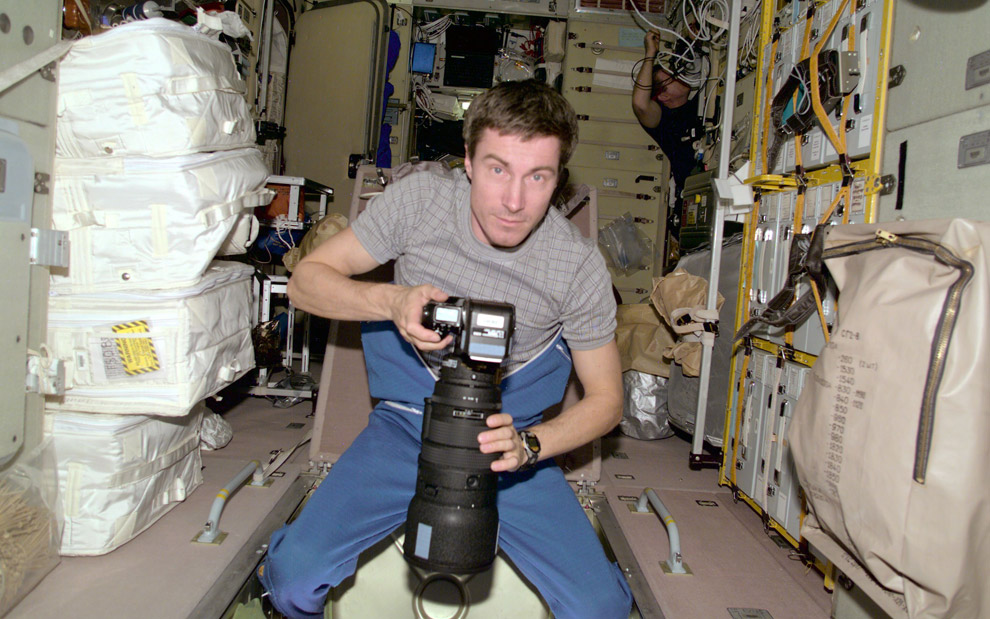

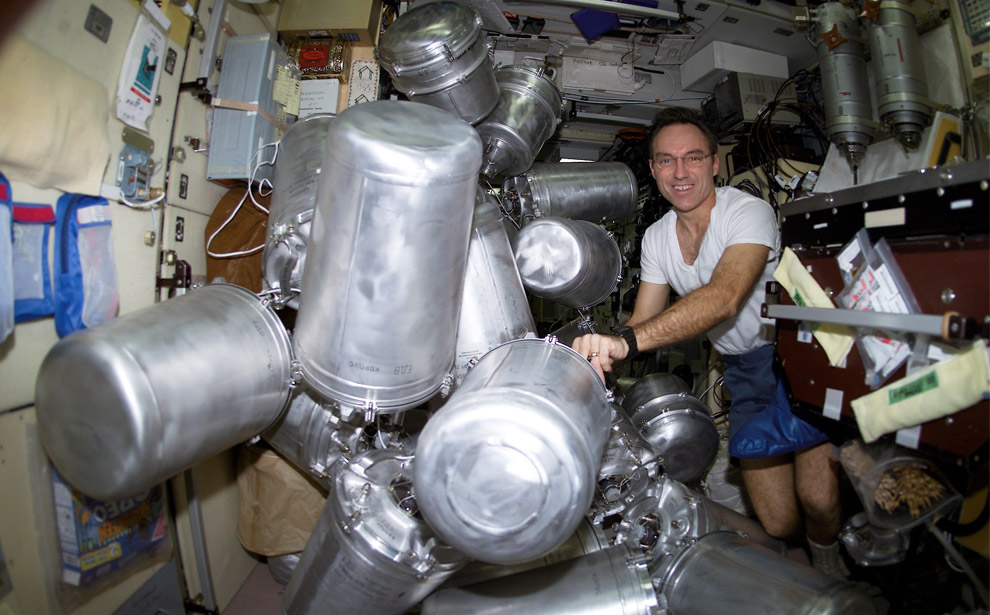

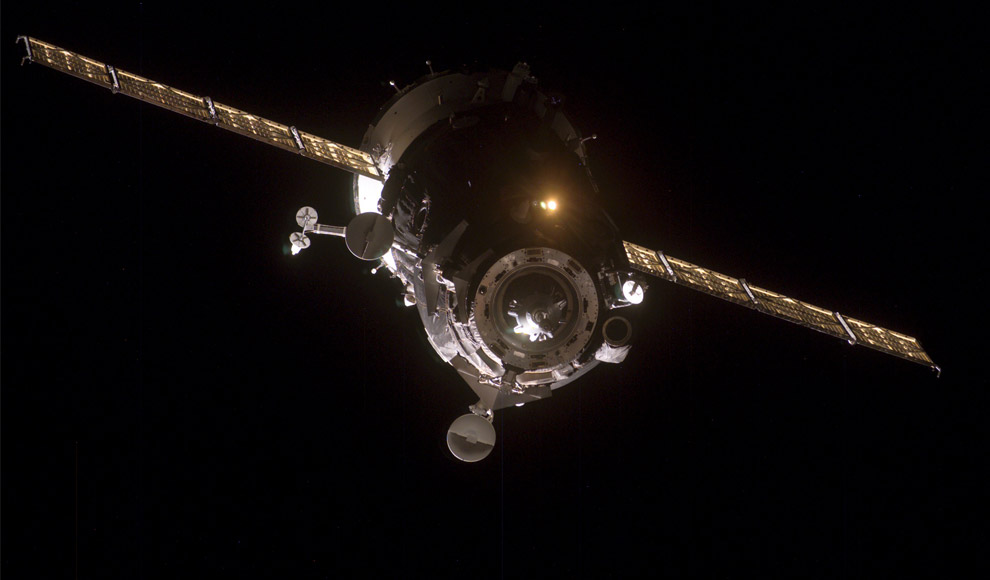
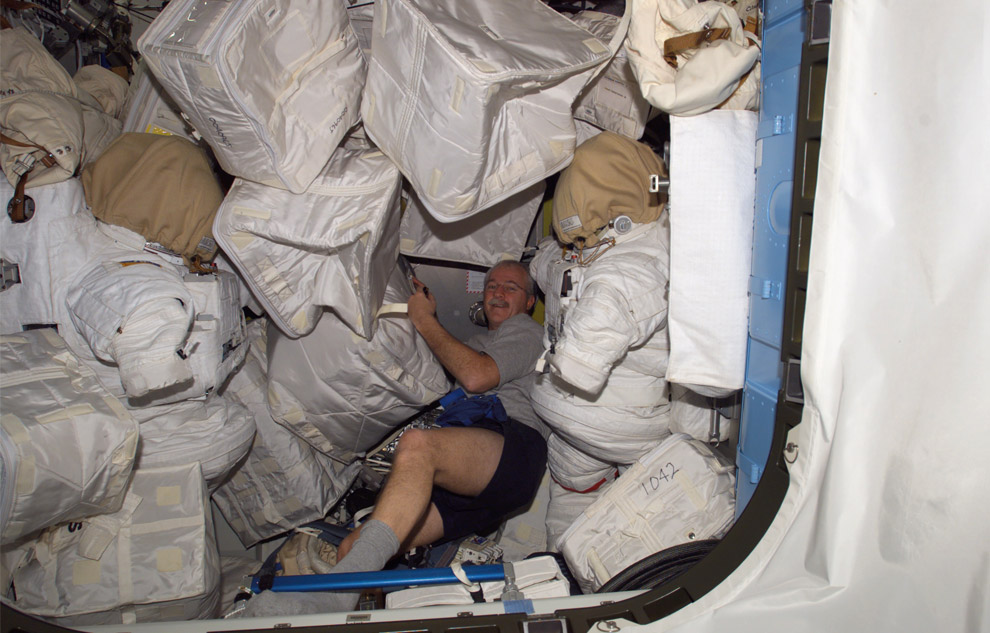
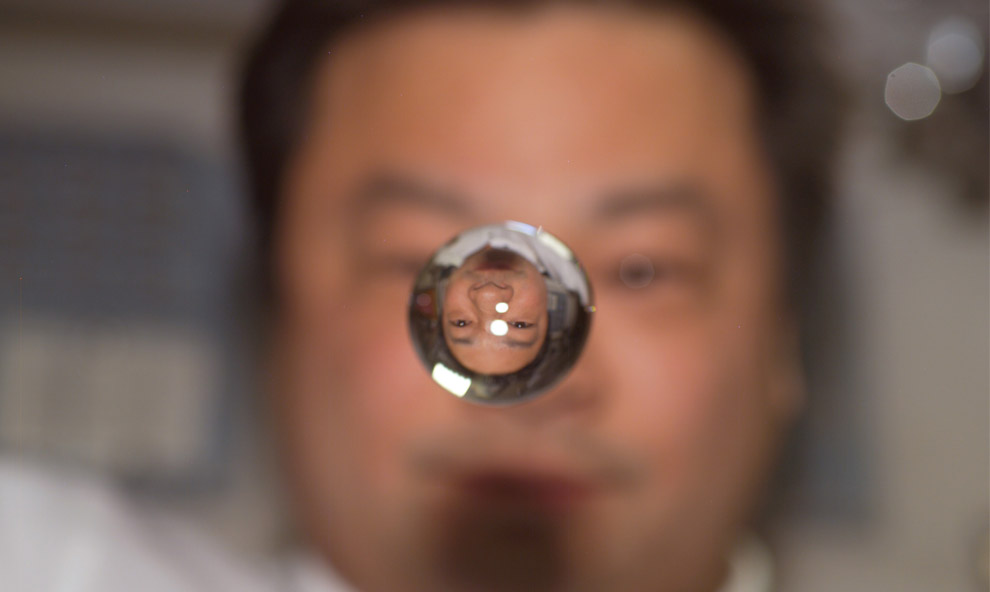
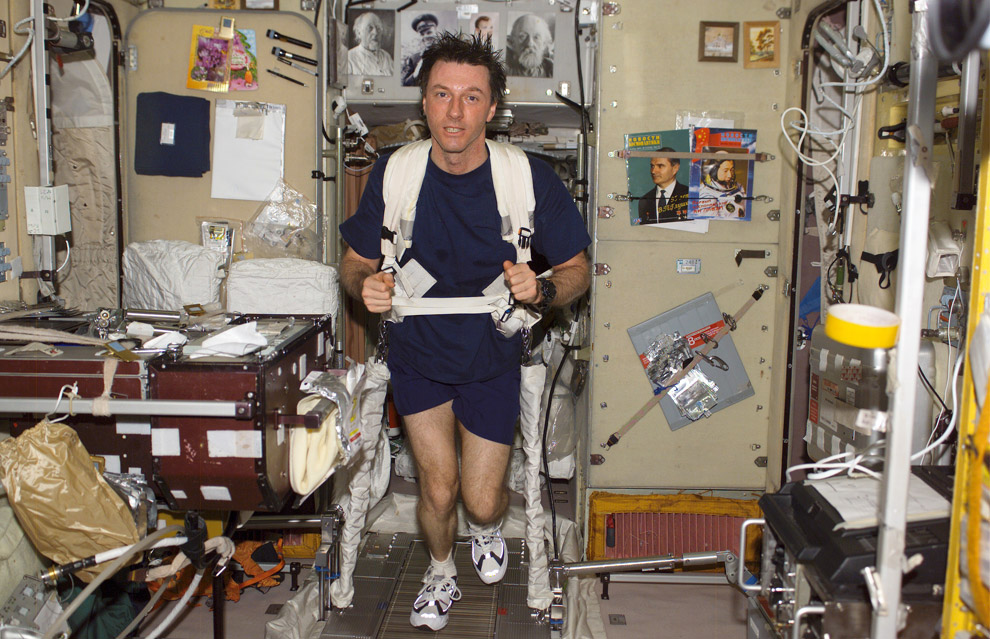
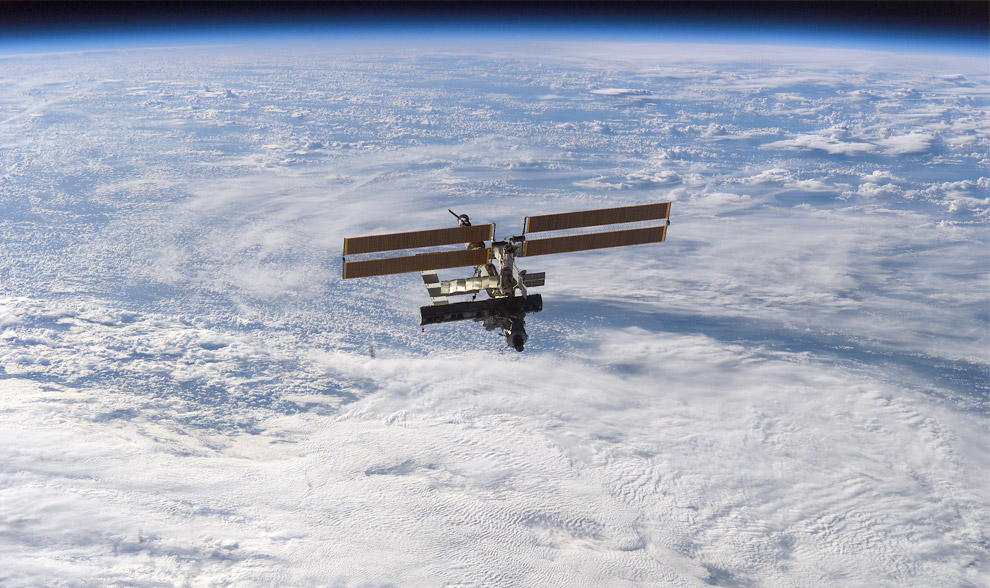
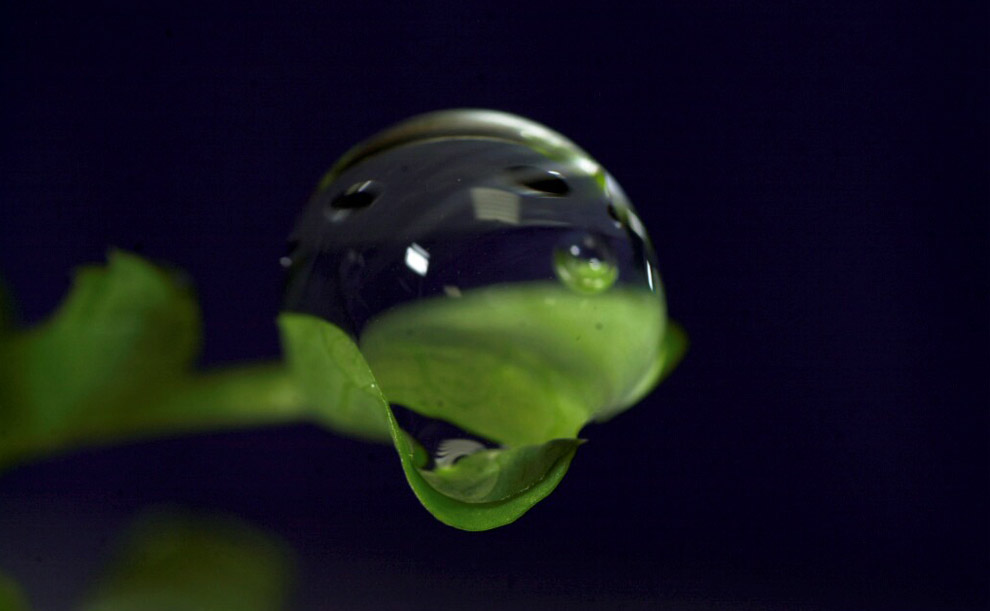

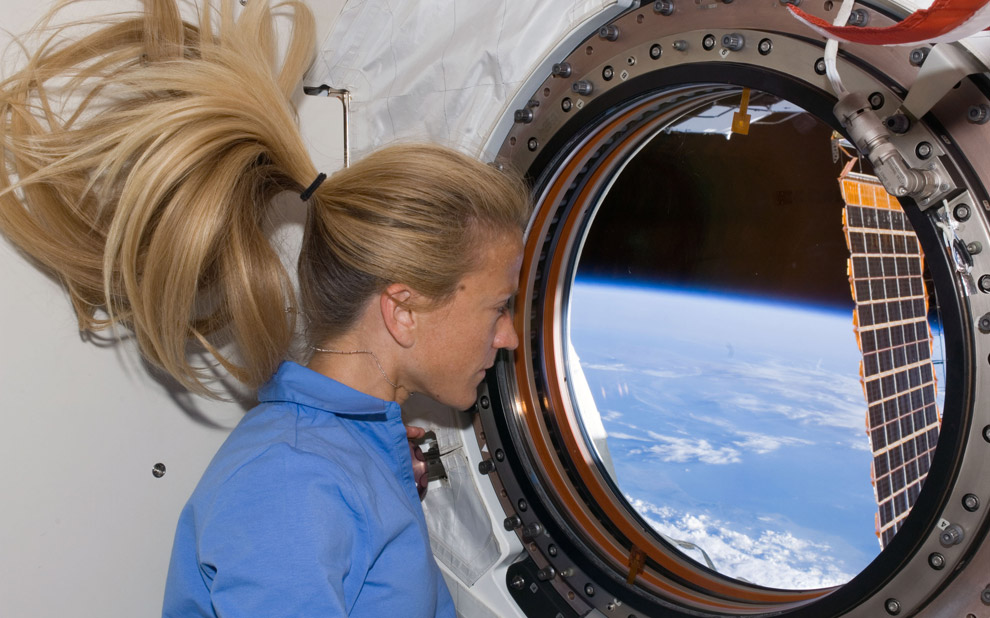
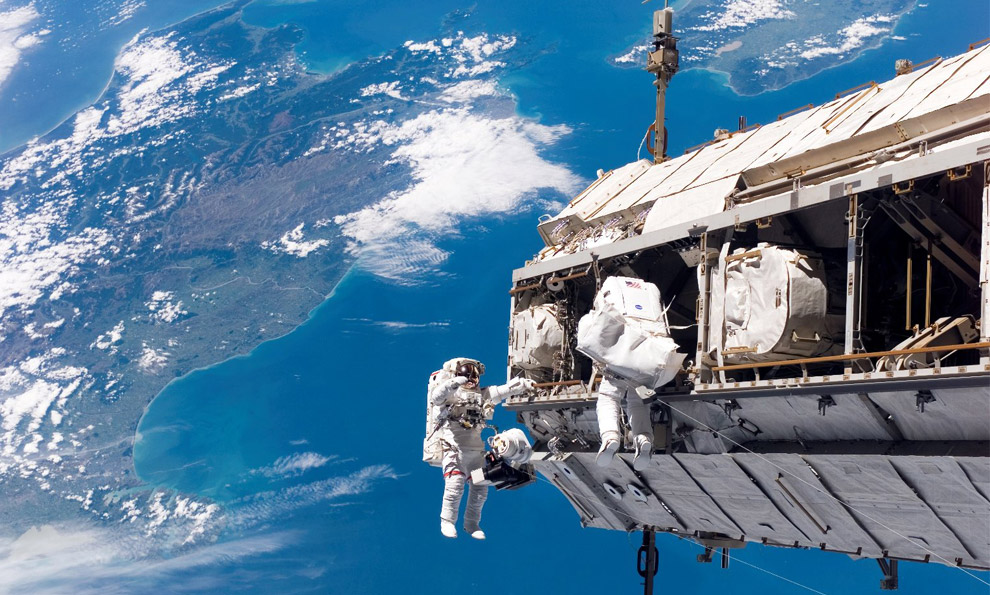





0 Responses to " "
Publicar un comentario